
Altitude Acclimatization – The Meaning and Importance
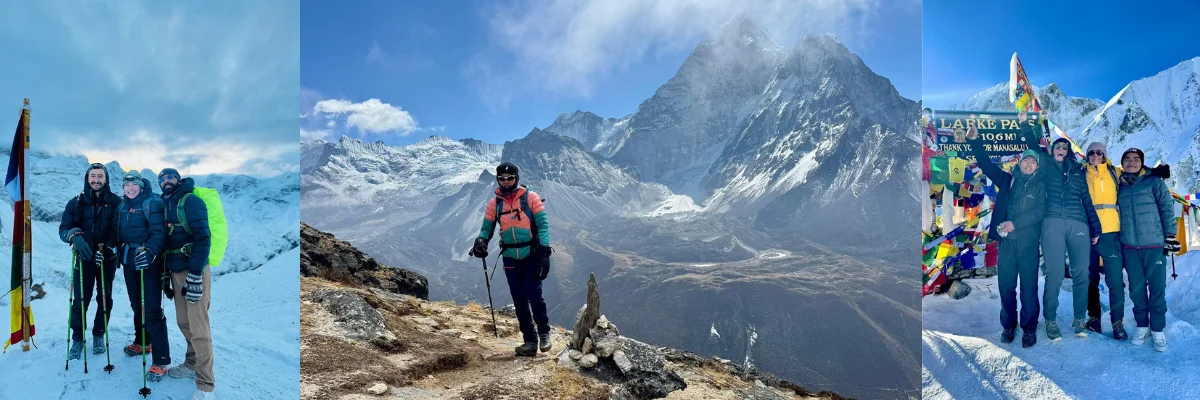
Table of Contents
Altitude acclimatization is indispensable if you are trekking or hiking above 2,750 meters (9022.31 ft). Acclimatization is the process of adapting to higher altitudes and environments. Altitude acclimatization improves oxygen transfer to your blood and muscles helping in boosting the performance when trekking in high elevation areas.
What is the Meaning of Altitude Acclimatization?
The altitude sickness happens if you ascend rapidly above 2,750 meters (9022.31 ft). The three syndromes of altitude sickness are Acute Mountain Sickness (AMS), HAPE (High Altitude Pulmonary Edema), and High Altitude Cerebral Edema (HAPE). You might develop Khumbu cough at this elevation, too, and this is very common.
The best way to prevent yourself from altitude sickness is to make your body work to adapt to the new altitude and reduce body exertion by not pushing yourself too hard. In high-altitude places, the air becomes thinner, and breathing at that high elevation becomes harder.
If you do not acclimatize properly, you get altitude sickness. Symptoms like shortness of breath, headache, nausea, coughing, dizziness, and fatigue will start occurring. If not treated on time, these symptoms can take a deadly turn and cause AMS (Acute Mountain Sickness), HAPE (High Altitude Pulmonary Edema), and HACE (High Altitude Cerebral Edema)
When you get AMS, symptoms like headache, dizziness, fatigue, breathlessness, nausea and loss of appetite start manifesting. It is one of the three syndromes of altitude sickness. Medicine like acetazolamide helps prevent AMS or reduce severity.
When you get HAPE (High Altitude Pulmonary Edema), symptoms like breathlessness when you are resting, cough and sometimes blood or pinkish sputum in cough, extreme fatigue, fast breathing and dizziness start manifesting. HAPE is a fatal sickness; about 10% of people making repeated ascent and descent above 3,660 meters (12007.87 ft) are more likely to get this illness. The prevention for HAPE is taking tablets of nifedipine (20 mg sustained release every 8 hours).
When you get HACE (High Altitude Cerebral Edema), symptoms like loss of coordination (ataxia), cognitive weaknesses, severe headache, hallucinations, lassitude, rapid heart rate, and fever start occurring. HACE gets triggered more when AMS is not treated and when a person keeps ascending even after the symptoms of AMS. It can progress to coma or death within 12 hours in not treated on time. The prevention of HACE is the same as that of AMS.
In all these cases, Descending to lower altitude and seeking medical care is highly recommended.
If you plan to trek in high-altitude places like Manaslu, Everest region, and Annapurna region, then your agency or tour guide will surely tell you to acclimatize properly because these treks make you trek through extremely high-altitude places where the air gets way thinner.
What is the Importance of Altitude Acclimatization?
Acclimatization is a must for trekkers or climbers because it allows them to adapt to the thin air of high-altitude places. Every part of your body gets exposed to altitude and learns to keep going at that elevation. It’s a necessity because if not done properly, it can lead to several health problems.
Acclimatization is important because of the following benefits you get.
- One of the main goals of acclimatization is to prevent altitude sickness and its deadly escalated versions, which are AMS, HAPE, and HACE.
- When you acclimatize properly, it helps you breathe oxygen more efficiently. In high elevations, your body compensates for lower oxygen by increasing your breathing and making your body fatigued. Acclimatization improves oxygen delivery to your organs. This process helps trekkers to climb to high elevations more efficiently.
- Acclimatization helps with your physical endurance. When on long and high-altitude treks like Everest Base Camp trek, you come across lengthy trails in elevated areas, and your physical endurance becomes a key aspect. Acclimatization makes your body use oxygen efficiently, which reduces muscle strain and fatigue.
- Acclimatization helps improve your experience. Getting altitude sickness can mar the enjoyment you thought you would have on a beautiful mountainous journey. Altitude sickness makes you mentally weak, lose your judgement, and make you so fatigued that you forget to behold the beauty of the journey.
What is the Altitude Acclimatization Schedule?
An altitude acclimatization schedule is a planned ascent to get your body used to thin air and low oxygen. It’s a daily routine for your acclimatization. It lasts about a day or five days, depending on the elevation and length of the trek.
Avoid making the rapid ascent because it can cause problems, especially during the initial stage of your trek. Avoid sleeping above 2,750 meters (9022.31 ft) on first day as it poses danger to your health. Set the limit of ascending between 300 m (984.252 ft) – 500 m (1640.42 ft) each day.
What is the fastest way to adjust to high altitude?
The fastest ways to adjust to high altitude is by the following methods
- The golden rule to adjust to high altitude is the method called “Climb High, Sleep Low”. Using this method, you acclimatize by hiking to the highest point (keeping the limit of ascending in mind) and return to lower elevations to sleep. This method helps you acclimatize faster.
- Keeping yourself hydrated is crucial for acclimatization because dehydration can deteriorate the symptoms of altitude sickness. Drinking 3 – 4 litres of water during a high-altitude trek is a must.
- Giving your body rest helps recover your muscle strains and come back with a boosted energy level, which is crucial in avoiding altitude sickness. Your body properly acclimatizes to environmental conditions while resting. So, have rest!
- Eat carbohydrate-rich food because it gives an instant energy boost. Walking at higher elevations demands higher energy, resulting in more calorie loss. Carbohydrate-rich foods help immensely in such conditions.
- Avoid drinking or smoking, as these bad habits contribute to your altitude sickness. Drinking alcohol during a trek dehydrates your body and weakens the oxygen supply in your body. Smoking weakens your lung functioning; you might feel hyperventilated if you smoke too much.
Acclimatization During Popular Treks in Nepal
Nepal offers beautiful but challenging treks in high-altitude terrains. Acclimatization is very important to make your trekking experience enjoyable and therapeutic. Three of the most iconic treks of Nepal, the Manaslu Circuit Trek, Everest Base Camp Trek, and Annapurna Circuit Trek, require proper acclimatization.
Manaslu Circuit Trek: Acclimatization stops at Samagaun (3,530 meters, 11,581.36 ft) and Samdo (3,875 meters, 12,775. 25 ft).
Manaslu Circuit Trek is a beautiful and longer trek that takes you through Larke La Pass (5,106 meters, 12,713 ft). Larke La Pass is also the highest point of this trek. It requires you to acclimate properly to two locations, Samagaun and Samdo. Gradual ascent, proper hydration and proper acclimatization will surely help you enjoy the Manaslu Circuit Trek.

Everest Base Camp Trek: Acclimatization stops at Namche Bazaar (3,440 meters, 11,286.09 ft) and Dingboche (4,410 meters, 14,468.5 ft).
Everest Base Camp Trek is the most iconic trek in the world. It takes you through an elevation of above (5,000 meters, 16404.2 ft), and you need to acclimate well because altitude sickness can be a real problem.
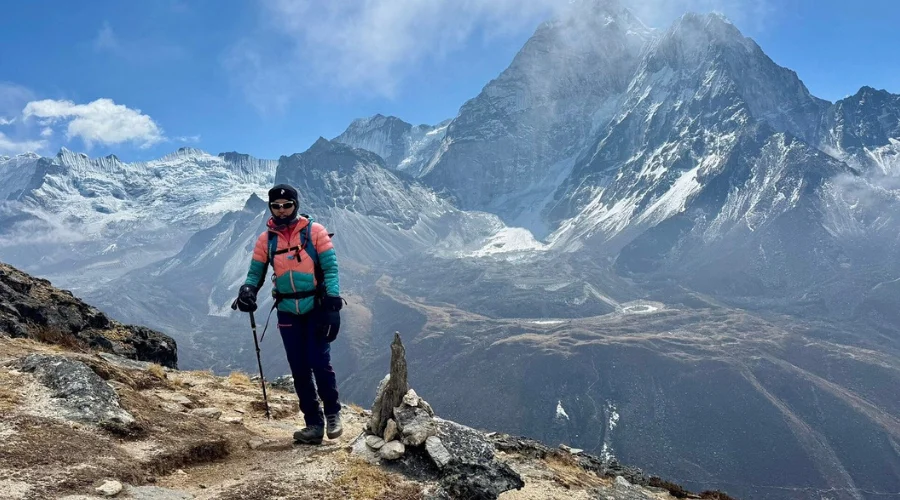
You will need to acclimate at two locations during the Everest Base Camp Trek: Namche Bazaar and Dingboche. Acclimatizing in these two locations will help boost physical endurance and efficient breathing.
Annapurna Circuit Trek: Acclimatization stops at Manang (3,540 meters, 11,614.17 ft) and Yak Kharka (4,020 meters, 13,189 ft).
It is the most beautiful trek in Nepal, taking you through diverse landscapes. The highest point in Annapurna Circuit Trek is Thorong La Pass (5,416 meters, 17769.03 ft).
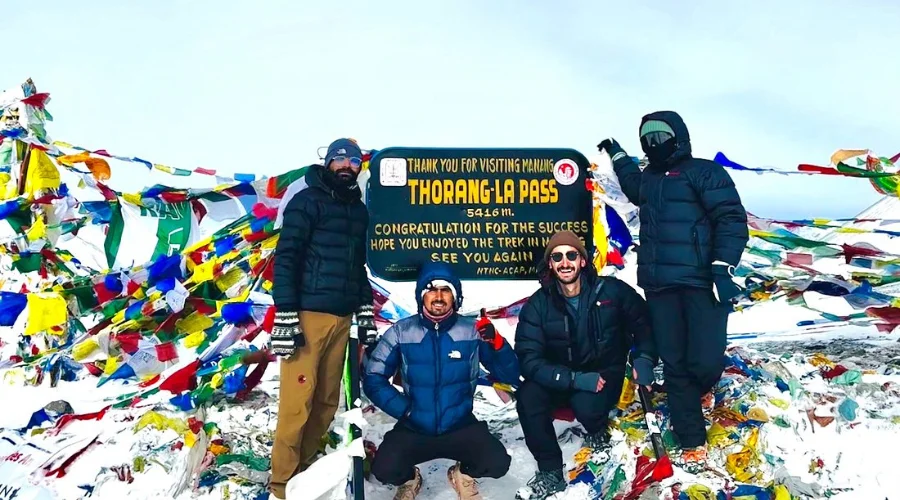
You should acclimatize properly to avoid altitude sickness in this terrain. Acclimatization at two major locations, Mananga and Yak Kharka, is very crucial in order to make your body fit and complete this trek.
How does high altitude affect seniors?
If you are a senior citizen, then you must prioritize more rest days and spend more time acclimatizing.
Seniors may have a higher chance of getting altitude sickness because of their weak immune systems. If there are preexisting conditions relating to the heart and lungs, you must consult with your doctor before your high-altitude trek.
Want to know more?
Speak to an Expert





Sandip Dhungana
Nepal 🇳🇵
Whatsapp: +977-9823636377




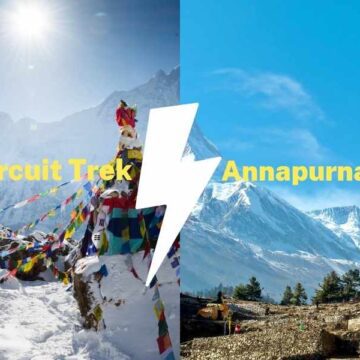



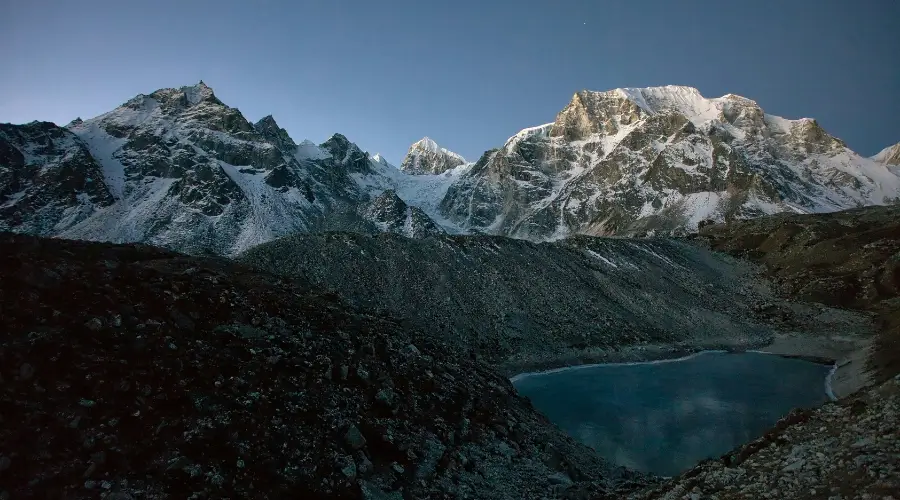
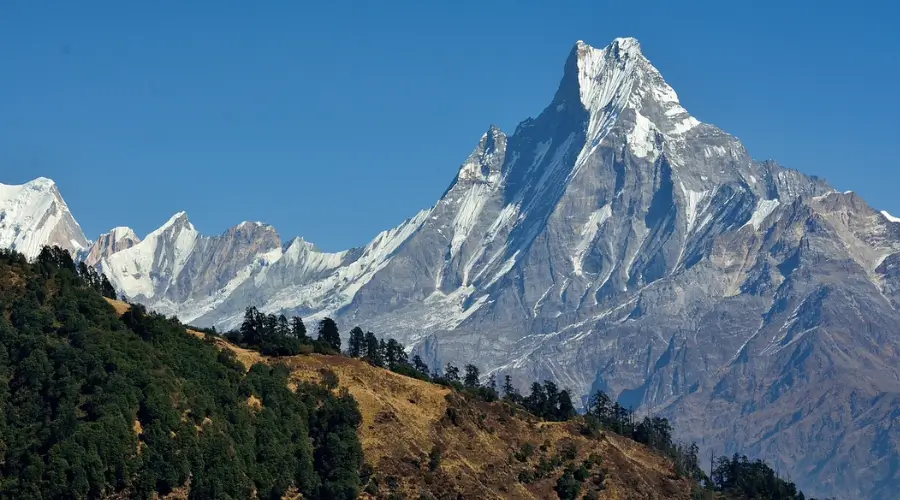

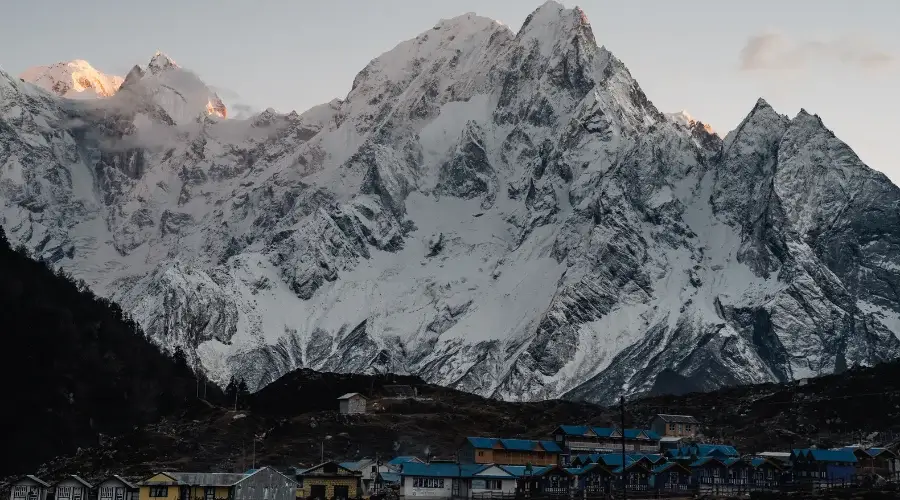
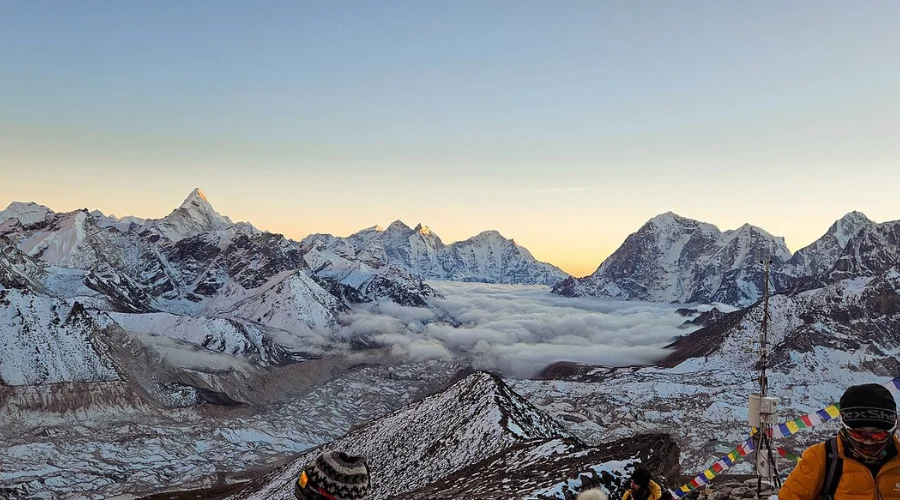
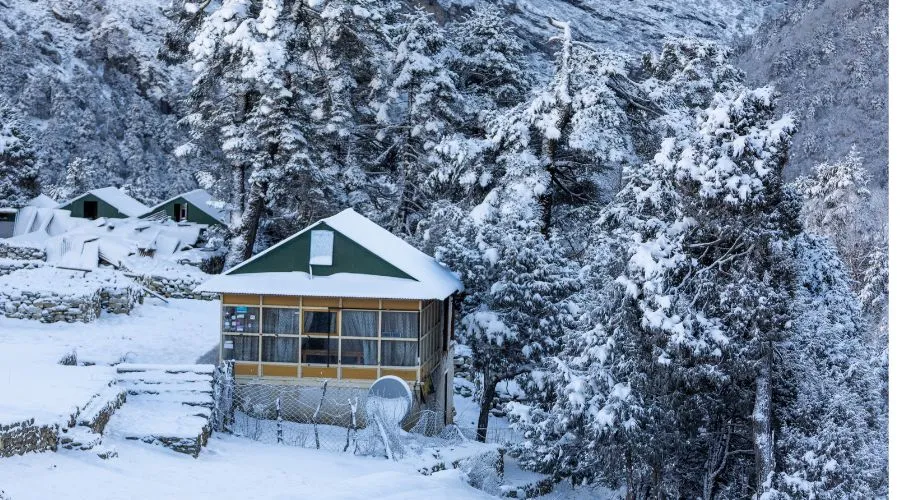













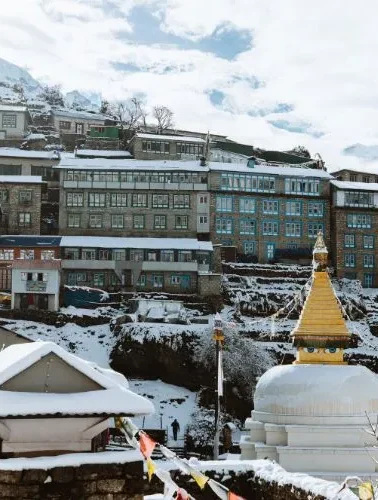
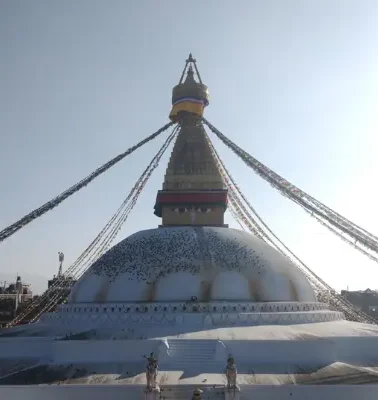
Leave Your Comment